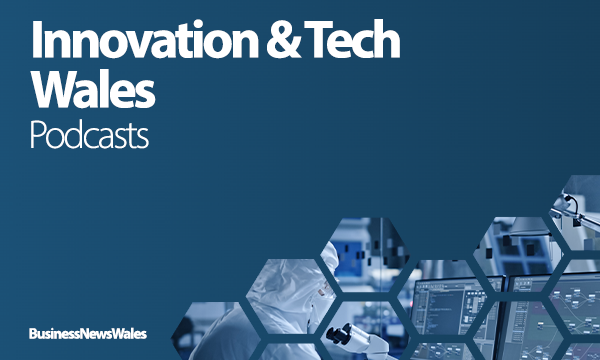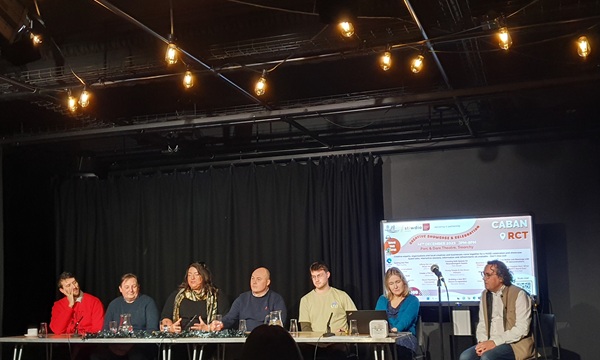
GUEST COLUMN:
Chris Mee
Consultancy and Technical Services
Ordnance Survey
Ordnance Survey (OS) and the Welsh Government have been working together to examine how digital twins might support Wales’ digital strategy and underpin policy areas. This partnership is built on key policy drivers such as the UN Sustainable Development Goals, the Well-being of Future Generations Act 2015, and the Digital Strategy for Wales.
OS played a crucial role in this project by providing its vast experience in geospatial and location-based expertise, in both the public and private sectors, to support thought leadership in digital twins. The primary tasks included facilitating discussions with many departments in the Welsh Government, enhancing awareness of digital twins, and assisting in the identification of potential use cases.
Digital twins, which are virtual models of real-world objects, are essential for making well-informed, data-driven decisions. They exist in three levels: digital models (static representations), digital shadows (real-time data updates), and digital twins (two-way feedback loops and predictive capabilities). The benefits of digital twins include a deeper understanding of communities and the ability to assess impacts over time.
Combined with technologies such as Building Information Modelling (BIM), Internet of Things (IoT), Earth Observation (EO), Machine Learning (ML), and Artificial Intelligence (AI), digital twins offer additional insights by more effectively combining and analysing data. This alignment, with broader digital and sustainability objectives, is a key strength of the project. It is further reinforced by the Welsh Government's policies to support the development and integration of digital twins.
The project involved extensive discussions with various Welsh Government departments, focusing on areas such as health, digital data, technology, community engagement, and poverty alleviation. External stakeholders included Cadw and Trydan Gwyrdd Cymru, whose contributions were instrumental in understanding the evolving requirements of a national government. Much of the project involved educating personnel and departments in digital twin technologies, to ensure effective implementation and utilisation.
Several examples of digital twins were identified, each potentially impacting Wales for the better. These use cases were evaluated in a feasibility/importance matrix to prioritise those most likely to succeed and deliver significant benefits. The projects were compared against Welsh governmental priorities to ensure they addressed key policy objectives.
The selected projects have the potential to impact the Welsh community significantly. These include improving 5G coverage and broadband connectivity (which will enhance digital access for all), addressing coal tip safety and pollution from former metal mines across Wales, and using satellite imagery to accurately monitor field parcel boundary changes. At the same time, a predictive dashboard will forecast air pollution based on weather patterns, which will contribute to a healthier environment. These initiatives aim to bridge the digital divide, enhance safety, and promote sustainable development across Wales, making the community a central focus of the project.
The project also included a SWOT analysis; a strategic planning tool highlighting the strengths, weaknesses, opportunities, and threats in the Welsh Government’s journey with digital twins. This provides a clear roadmap for future improvements, ensuring the project's continued success.
In the first phase of the project, potential use cases have been identified based on stakeholders' needs and aligned with the priorities of the Welsh Government. The next phase will delve into more detail to understand what is needed to implement these case studies and explore how location data could be integrated further. This will involve identifying data standards and requirements, as well as potential sensors that may be necessary. OS aims to leverage its knowledge and offer various datasets to ensure successful outcomes.
OS has already collaborated with the Welsh Government to deliver improved services in health, transport, emergency services, education, and housing. This project, which is Geospatial Commission-funded through the Public Sector Geospatial Agreement (PSGA), demonstrates how location data is critical, and illustrates the transformative potential of digital twins in enhancing decision-making, understanding communities, and achieving sustainable development goals. This project exemplifies how digital twins can drive innovation and create a more sustainable future for Wales by integrating technologies and aligning with key policy frameworks.
















